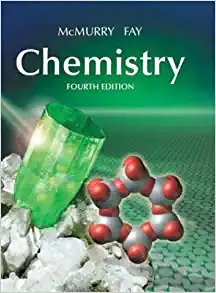Answered step by step
Verified Expert Solution
Question
1 Approved Answer
The periodic table below shows the melting points of nearly all the elements. Note the melting points are not randomly oriented, but, with only a
The periodic table below shows the melting points of nearly all the elements. Note the melting points are not randomly oriented, but, with only a few exceptions, either gradually increase or decrease as you move in any particular direction. This can be clearly illustrated by color coding each element according to its melting point. Use colored pencils to color in each element according to its melting point. Use the suggested color legend. Color lightly so that symbols and numbers are still visible. No 97 K 63 Rb Color Violet Be 180 1278 Blue Cyan Green fro Sr Mg 648 Co Sc Ti 839 1541 1660 1890 1857 Y 769 1522 39 Cs Bo Lo 725 921 28 Fr Ro AC 27 700 1050 Temperature Range. C -273 -50 300 700 1 | 2 | 3 | 4 | 5 | 6 | 7 | 8 | 9 | 10 | 11 | 12 | 13 | 14 | 15 | 16 | 17 | 18 | H -259 Elements Lonthonides: Melting Points of the (C) Actinides: - Zr 1852 HI 2227 2996 - ww Fe Co 1535 1495 Nb Mo Tc Ru Rh 2468 2617 2172 2310 1966 To W Re Os Ir 3410 3180 3045 2410 Ce Pr 799 931 -50 300 700 1400 38 Mn 1244 1083 1890 Th Po
Step by Step Solution
There are 3 Steps involved in it
Step: 1

Get Instant Access to Expert-Tailored Solutions
See step-by-step solutions with expert insights and AI powered tools for academic success
Step: 2

Step: 3

Ace Your Homework with AI
Get the answers you need in no time with our AI-driven, step-by-step assistance
Get Started


